
Associated Fragments
The most commonly encountered plant remains in the British Chalk are enigmatic bundles of fragments. These are quite common in the Grey Chalk, much less so in the White Chalk. Most associations are largely, or wholly, comprised of fragmented fronds, broken to similar lengths and loosely orientated along the axis of the bundle. The bundles are typically tubular and sometimes quite elongate. Though they superficially resemble pine cones, there is no axial structure and the fragments clearly did not grow together in the manner which they are now aggregated.
One possibility is that they represent the coprolites (dung) of herbivorous dinosaurs, which have dried, solidified and been carried out to sea.
Alternatively, they could represent burrows lined with plant fragments, analogous to the fish-scale lined 'worm'-tubes of Terebella lewesiensis. It is hard, though, to envisage that the supply of plant material to the chalk sea-floor would have been great enough or consistent enough to support a population of burrow-builders. Perhaps the 'worm' which formed Terebella lewesiensis was an opportunist able to make use of both fish scales and plant remains.
A final (but less intriguing) explanation is that these associations simply represent plant debris that has been aggregated by wind action whilst floating on the surface of the sea.

1). A particularly elongate and densely packed association (x1.6, Grey Chalk, Glynde, East Sussex, Willett Collection, Booth Museum, BMB 008205, by kind permission of John Cooper).
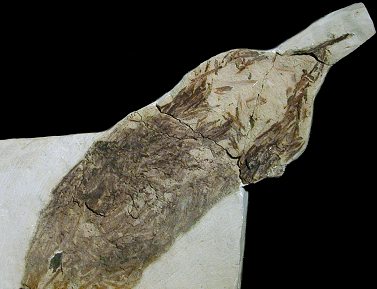 A A |
|
2). Part and counterpart of a large association (x1.0, Grey Chalk, Glynde, East Sussex, Randell Collection, RR 1000).
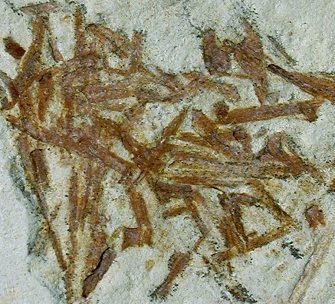 A A |
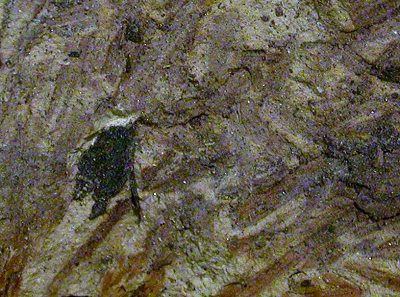 B B |
3). (A) Detail revealing the fragmented nature of the fronds which comprise the association (x3.8, Grey Chalk, Glynde, East Sussex, Randell Collection, RR 1000); (B) Detail of an association containing an anomalous dark lump which may possibly represent a seed (x5, Grey Chalk, Glynde, East Sussex, Randell Collection, RR 1000).
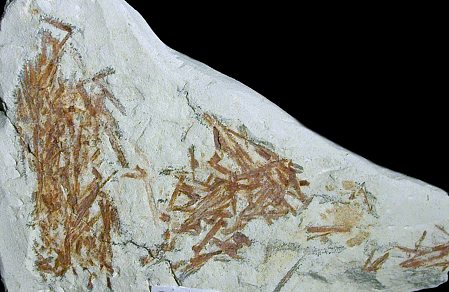
4). An association with particularly sharp preservation (x1.6, Grey Chalk, Glynde, East Sussex, Randell Collection, RR 1000).

5). An association with a well defined and anastomosed (wandering) tubular profile (x1.6, Grey Chalk, Sussex, Strevens Collection).
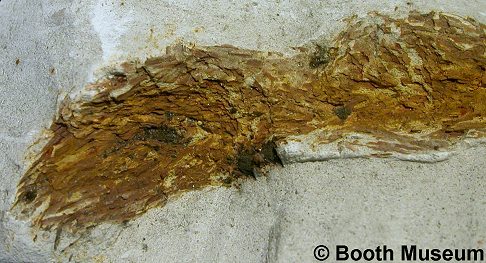
6). Detail of the broken end of a densely packed association (x3.3, Grey Chalk, Glynde, East Sussex, Willett Collection, Booth Museum, BMB 008205, by kind permission of John Cooper).
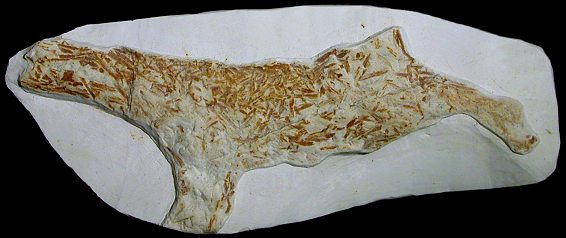
7). A large and branched (or possibly breached?) association (x0.9, Grey Chalk, Sussex?, Randell Collection, RR1435).